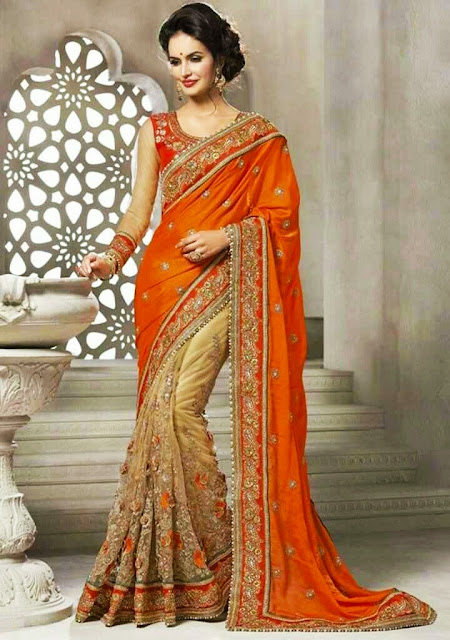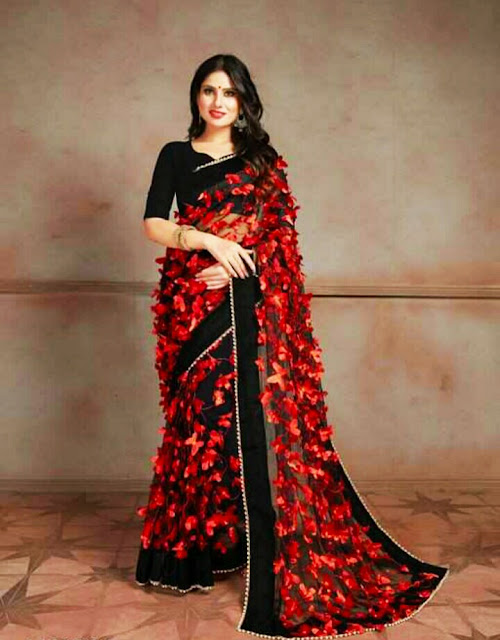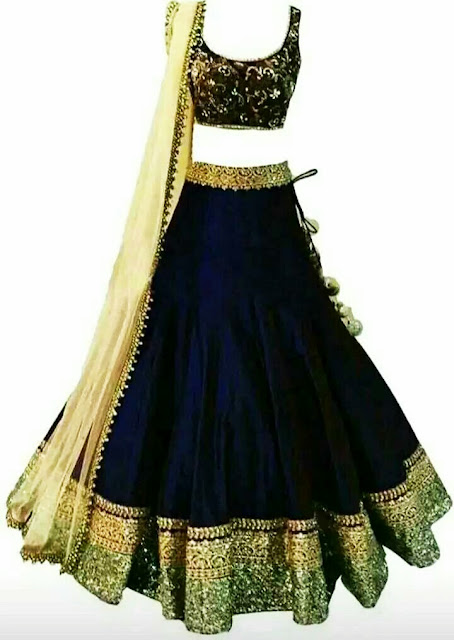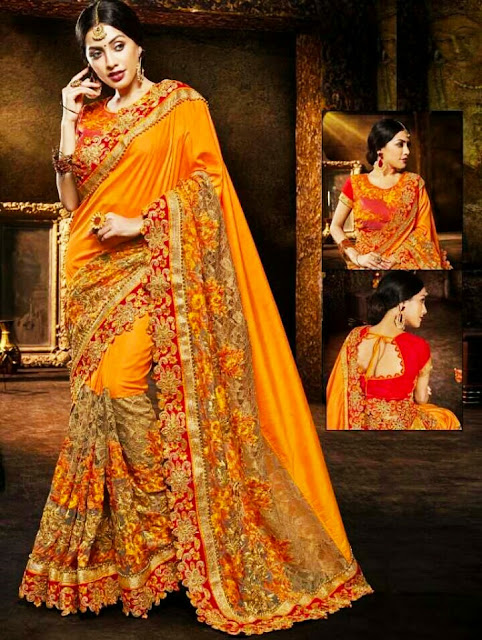Hello friends and welcome to Mixing Images, I am your dear friend Vikas Yadav. Friends, in today's post we talked about Lehenga And Saree. In today's post, I am going to post some cute and beautiful images of Lehenga And Saree for you, after which you will get very happy and you will feel very good. So let's start again.
Lehenga And Saree Images
 |
| Saree Images |
 |
| Saree Images |
 |
| Saree Images |
 |
| Lehenga Images |
 |
| Lehenga Images |
 |
| Lehenga Images |
 |
| Saree Images |
 |
| Saree Images |
 |
| Lehenga Images |
 |
| Lehenga Images |
 |
| Lehenga Images |
 |
| Lehenga Images |
 |
| Lehenga Images |
 |
| Lehenga Images |
 |
| Lehenga Images |
 |
| Saree Images |
 |
| Lehenga Images |
 |
| Lehenga Images |
 |
| Lehenga Images |
 |
| Saree Images |
 |
| Lehenga Images |
 |
| Lehenga Images |
 |
| Lehenga Images |
 |
| Lehenga Images |
 |
| Lehenga Images |
 |
| Lehenga Images |
 |
| Lehenga Images |
 |
| Lehenga Images |
 |
| Lehenga Images |
 |
| Saree Images |
 |
| Saree Images |
Lehenga And Saree Images
In Indian culture and Hindu tradition, the main garment of women is saree, which is also known as Sari in many areas. Since ancient times, the sari counted in Indian apparel is considered the longest.
Approximately 5 to 6 yards long, this garment is made from a single long stitched cloth. The sari is draped over a choli or blouse.
Worn in different ways in different states of India, this dress presents an amazing specimen of the traditional costumes of India. According to the prevailing traditions in different parts of the country, level of living and geographical location, their saris also vary.
Since ancient times, this garment used to display the honor of a woman was so long that it was considered sufficient to protect women easily by covering them completely. The history of sarees is very old and memorable.
Since ancient times, saris have been considered a part of the makeup of Indian women and wearing saris on many special occasions is also considered auspicious. The sari is not only the dress of Indian women but also a symbol of Indian culture for them. Let us know about the history of saree, how to wear it in different states and its construction.
Read More - Beautiful Clothes For Girl || Beautiful Dresses Images For Girls || Beautiful Dresses For Girl
History of Sari
In ancient Indian texts and Vedas, the word sari is described as showing special significance. It is first described in the Yajurveda. Thereafter, the importance of wearing a sari is also mentioned on the occasion of Yajna, Havan and Pooja (worship of God) or any special festival, that is why in ancient history sari has been considered as special and auspicious for the wife.
This Indian dress, prevalent from the mythological period to the present, has preserved different changes. The longest Indian costume, since the time of the mythological Mahabharata, has been considered a symbol of self-defense of a woman.
In the Mahabharata period, when Duryodhana attempted to rip Draupadi in a gathering, Lord Krishna himself saved the honor of his identity by making Draupadi's sari extremely long. Since that time, saree has been considered a symbol of respect and protection of a woman. A nobleman spent the sorrow of grief in a rip-off like this:
"The whole woman is a woman, the woman is all one, the woman is all that this woman is all this."
According to the Indian ancient tradition, sarees of different colors and types are worn according to different customs. Just as it is customary to wear colored saris for married women and white saris for widowed women.
Considered a sign of Indian heritage, this garment has been liked by women since ancient times. Sari is considered a symbol of simplicity, simplicity, respect, and coolness of Indian women.
Since the second century BCE, the figures of women carved in the sculptures have shown the front part above the waist of the women and the part of the legs covered with the sari. This symbolizes that the sari is not only a part of Indian apparel, but it is also the self-shield of women, which maintains and protects their honor and character.
Due to this history, after conquering the northern and central parts of India in the 12th century, the Muslims emphasized the culture of covering the body completely. In which there was a custom of women to wear a blouse or choli on the top and a sari over the bottom of a lehenga costume or petticoat. The sari is considered to be associated with its religion, incorporating religious traditions and religious insignia.
It is believed that the woman expresses her feelings of mind through the colors used in sarees. Many folk artists who changed religion to eliminate various arbitrary stereotypes of society. He used the names of holy rivers like Ganga, Yamuna, and Saraswati for saris.
This art and name have expanded so much that it continues to prevail among the changing heritage from generation to generation, hence the inclusion of different religions like Hindu, Buddhist, Jain, Islam, etc. in sarees. According to the art and culture of the countries where religious followers have been going since ancient times, the print and design of this garment have also changed. Including artifacts from Indonesia, Pakistan, Sri Lanka, and many other countries, this garment is being transformed into new forms day by day.
Different types of sarees
There are many types of saris according to different geographical conditions and different places in India. It mainly consists of Chanderi sarees of Madhya Pradesh, Maheshwari saree, Madhubani Andari saree available in printing, coral silk saree of Assam, Bomkai saree of Orissa, Bandhej printed saree of Rajasthan, Ghatoda saree of Gujarat, Patola pattern saree, Tasar of Bihar Printed Saree, Kantha Saree, Chhattisgarhi Kosa Silk Saree, Silk Designer Sarees from Delhi, Jharkhandi Kosa Silk Saree, Paithani Saree from Maharashtra, Tamil Nadu Mr. Kanjivaram sarees, banarasi stuffed saris, Uttar Pradesh Tanchi saris, sari Damask, Jamvr and West Bengal Balucri saris and Kantha Tangail saris.
Kanjivaram, Banarasi, Patola, and Hakoba sarees are the most prominent among the styles. The sari is divided into various styles and types according to your choice and occasion. Similarly, sarees can be worn in different styles like - Free Pallu Pattern Sarees, Pinup Sarees, Ulta Pallu, Straight Pallu, Lehenga Style, Mumtaz Style, and Bengali Style Sarees, etc.
Banarasi, Maharashtrian, Patola, and Chanderi printed sarees have their own special identity. This following traditional printed saris, which have been practiced since ancient times, are world-famous even today due to their design and print. Let us know the special things about these different types of sarees.
Banarasi Saree
Considered to be a special type of saree, Banarasi sarees are mainly worn on auspicious occasions like Teej-festivals and puja-havan, etc. These Banarasi saris, mainly made in Uttar Pradesh's Chandauli, Mirzapur, Banaras, Azamgarh, Jaunpur and Sant Ravidasnagar districts, are world-famous. The beautiful silk saree produced by the weavers of Banaras combining zari design with weaving in Banaras print on pure silk cloth is known as Hima Banarasi saree.
In ancient times, the main pillar of the Banaras economy was the construction and print work of Banarasi saree. But with the passage of time, now the identity and dignity of Banarasi saree have come under threat. For this reason, due to change in its procurement day by day, it has started failing to run the economy of Benaras smoothly. In ancient times, because of the high demand for Banarasi sarees, pure gold brocade was used in it, but now weaving of shiny brocade is also being done by weavers to maintain the true state of the economy.
Maharashtrian Saree
Mainly worn in the state of Maharashtra, this saree is famous for the city of Paithan in Maharashtra. The inspiration for making this Maharashtrian sari came from the painters built in the cave of Ajanta. Here is the world-famous "Paithan Design cum Exhibition Center" for Maharashtrian sarees. Readymade saris are also available in this center along with saris manufactured on order.
Patola Saree
Handloom sarees made from handmade prints are made on sight. Patola pattern sarees are the first place among the sarees preferred by women.
This patola saree printed on both sides is liked by the people due to its finely worked and pure silk fabric. This saree with a print made of vegetable dye or color dye is also known as double ikat patola saree. But due to some reasons, this famous art of ancient weavers is slowly disappearing.
First known in Indian history during the Mughal period, this art was adopted by about 250 families in Gujarat. The cost of manufacture of Patola saree is high but its true value is not found in the markets. For this reason, the builders and weavers are at a disadvantage and the construction work of the Patola Sari stops. Over time, this art came to an end and today we are unaware of this famous art.
Maheshwari Saree
Maheshwari sarees worn by women are very famous in Maheshwar in the state of Madhya Pradesh. In ancient times, these saris were manufactured only with cotton cloth, but with time, this art changed according to fashion. Now, in addition to cotton sarees, high-quality silk saris are also being made in Maheshwari sarees. This history of Maheshwari sarees, about 250 years old, is immortal. The cottage industry was established in Maheshwar in 1767 by the great ruler of the Holkar dynasty, Devi Ahilyabai Holkar. Ahilyabai Holkar brought families of weavers from Gujarat and other cities of India and settled here. She encouraged the art of weavers and brought Maheshwari sarees to the world level.
Chanderi Saree
Even today, this Chanderi sarees of handmade print on handlooms are world-famous saris of Chanderi. Since ancient times, Chanderi sarees have a rich history of their own. This Chanderi printed saris worn in the royal houses of kings and emperors have reached the common people in today's generation due to its increasing trend.
It takes about a year to manufacture a chanderi sari. It is believed that to protect it from external and evil eyes, the artisans who make chanderi saris apply a small vaccine of kajal on every meter of cloth. In ancient times, only old prints and designs were made on Chanderi sarees, but in the times and changes in fashion, new designs are being used in their designs and prints. The special thing about Chanderi saris is that these saris are not only beautiful and attractive in appearance, but they are also very light in weight. For this reason, women can easily use them for daily wear.
How are saris made?
The embroidery of saris and the print done on them has a history of its own. Around 3500 years old this history is associated with Indian villages and rural areas. It takes too much time to make this garment. Made in a special Indian style, this dress is available in markets in a very attractive and traditional print. The special style carved on this garment is so important that the art of this garment and its wearer is seen in its equanimity.
Mostly, all the women wearing this dress have their own different opinions on religion and faith, but the art figures drawn in this dress give evidence of their culture and faith.
Firstly, about 5 to 6 yards of cloth is taken for the manufacture of saris. Now the fabric of this thana is weaved in beautiful print in which the saree is to be printed. Along with the weaving, the sari is stuffed with the popular designs of zari, gotta-leaf, lace, peacock print, etc. A combination of different prints for weaving can also be used.
Finally, the beautiful sari made of print and weave is turned from the edges to give the shape of the sari. In ancient times, saris made from various exquisite artworks and weaving prints were made by hand through handlooms in ancient times. Traditional prints and displays of Indian arts on these handmade sarees made in India emerge very well. For this reason, these saris have retained their identity as the main garment of India for centuries.
Even today, the shapes made on Indian sarees and the work done on them are famous all over the world showcasing the art of Indian weavers.
Final Word
Friends, I hope you have liked today's post very much and you must have been very happy and you have also shared this post with your friends. If you liked this post even a little bit, then you must like this post of mine and share it with your dear teachers. We must comment that if you liked my post or not, if it was good, what was good, if it was not good, then what was not liked.


![5555+ WhatsApp DP Images 2026 [ New & Stylish WhatsApp DP ]](https://blogger.googleusercontent.com/img/a/AVvXsEg95BfLEowtFnLtY0Il-OSnzA76svLtx8rt7iXrP02lzt0U-y2AHvAhQFdIMHg97mkNEBk6mB9z2cDEusvytmRIYatQLaGhPeZbmVKP0hTcPe2dxRSKw9LydaR2N3t5TOrDor018-2ttJcGzBUgjgqO4mU_pxF-2gw4zEAZ4tWQNydtUyrGsYH6CVrZ=w680)




0 Comments
If You Have Any Doubts. Please Let Me Know.